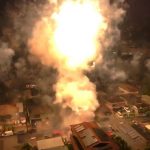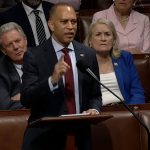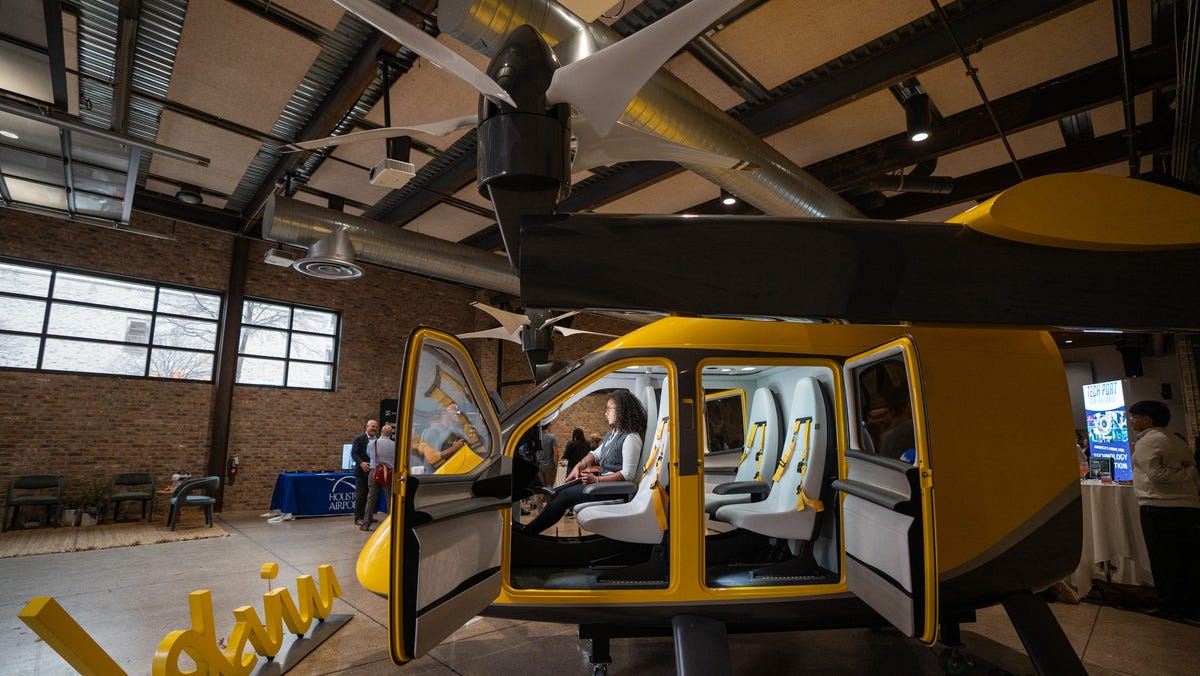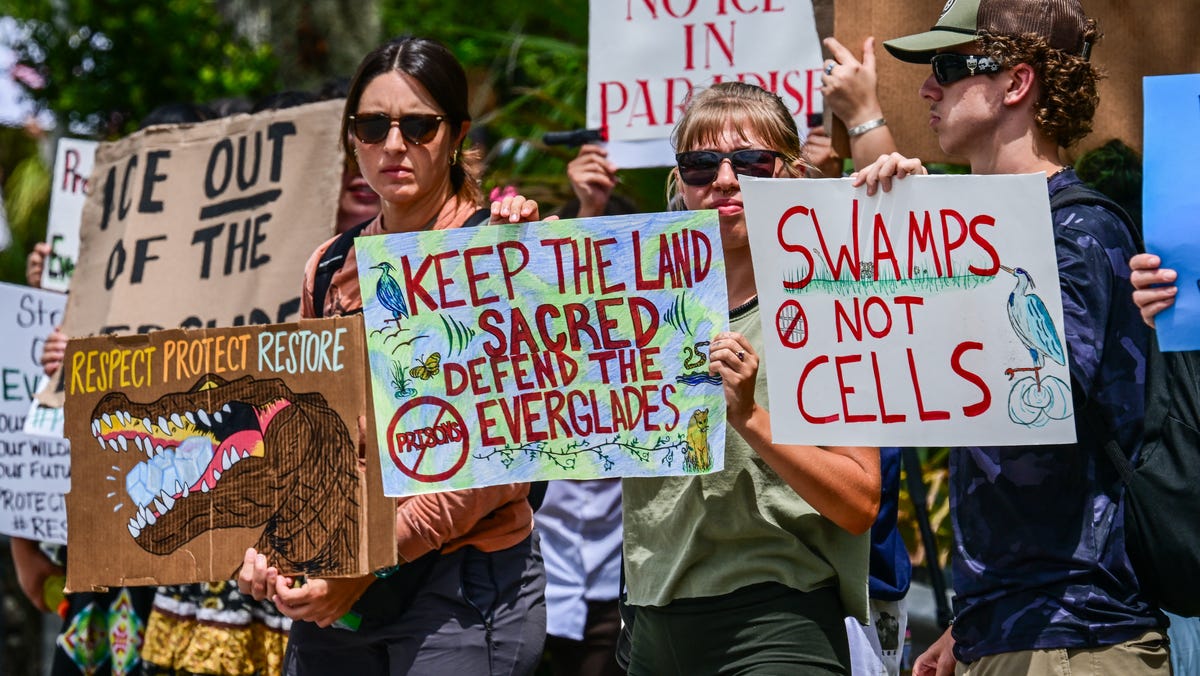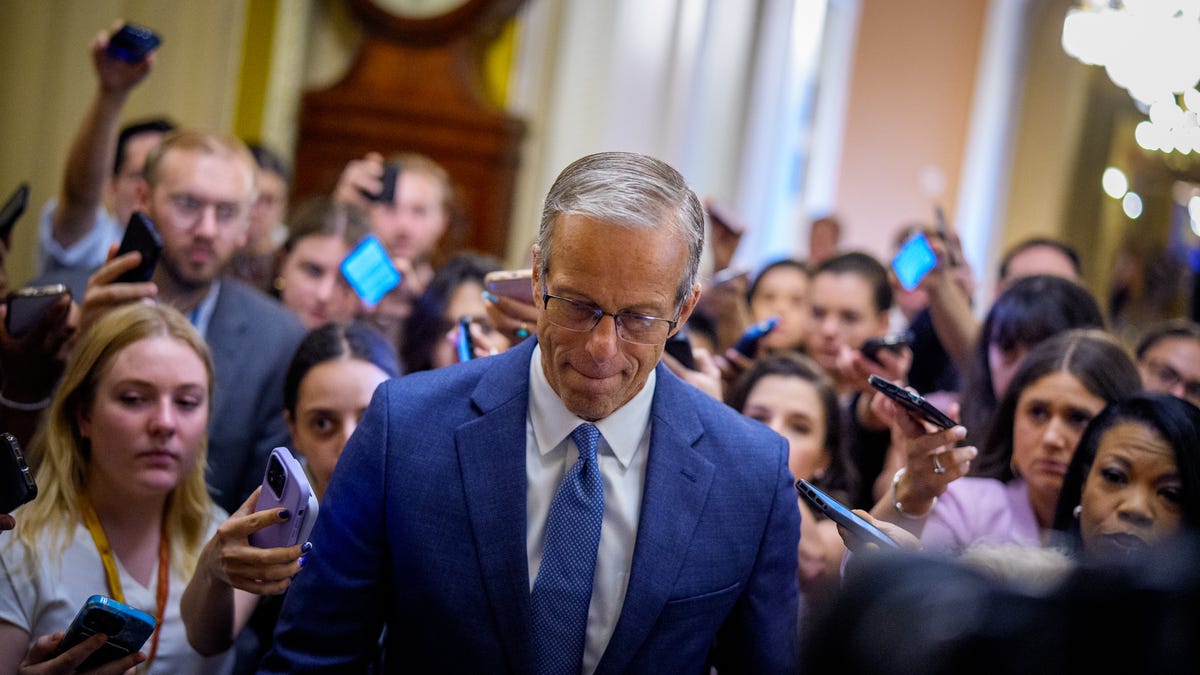Whether air taxis will benefit more than wealthy jetsetters will depend on whether communities below help determine where and how they fly.
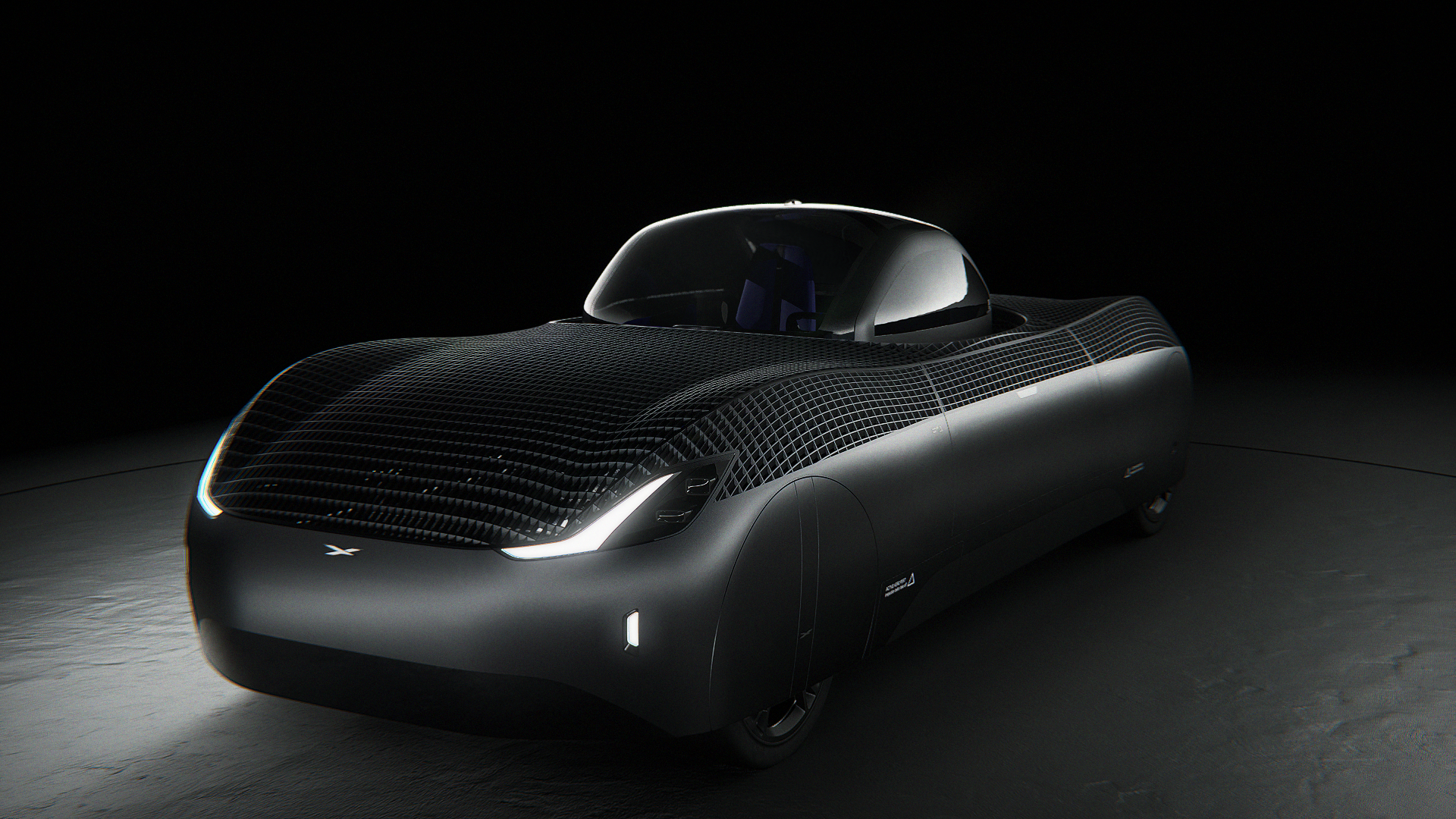
Highways in the sky? First ‘flying car’ approved by the FAA
The U.S. government has authorized the Alef “Model A,” the first flying car, to take flight.
Ryan Ross, USA TODAY
- Electric air taxis are expected to become more common for short-distance travel.
- The noise generated by numerous air taxis could negatively impact residents’ health and well-being.
- The placement of vertiports, like highways, has the potential to disproportionately affect low-income and minority communities.
- Community involvement in air taxi infrastructure planning is crucial for equitable implementation.
Electric air taxis are coming soon to a city near you, with companies promising quick and quiet travel. In April, Archer Aviation unveiled its four-seater Midnight aircraft, designed to fly up to 50 miles with minimal downtime. A White House executive order, signed on June 6 and aimed at encouraging nationwide public-private partnerships, allowed manufacturers to begin testing these flying cars.
Air taxis may well improve some people’s lives ‒ but possibly at the expense of nearby communities.
According to electric aircraft makers like Archer and Joby Aviation, flying cars ‒ which take off and land like helicopters ‒ could revolutionize short-distance travel for the general public, such as by shrinking commutes or whisking people to the airport. Joby’s CEO, JoeBen Bevirt, envisions “weaving air taxi services into the fabric of daily life worldwide.” Archer CEO Adam Goldstein confidently asserts that its air taxis will be a “mass market product” akin to ridesharing in cars, but soaring above in “highways in the sky.”
We’d be wise to remember, however, that highways on land have bisected established neighborhoods, encouraged more drivers and worsened air quality ‒ all of which harm surrounding communities. Highways in the sky could also damage the areas they traverse, even without the asphalt or tailpipes.
How highways in the sky may hurt communities below
These CEOs’ ambitions suggest that thousands of air taxis will eventually fly above densely populated cities. Although an electric aircraft might be quieter than jets or helicopters, it isn’t silent. How noisy could thousands be?
This wouldn’t be a small nuisance, either. People living under flight paths can suffer measurable harm. According to researchers, air traffic noise costs residents thousands of dollars over their lifetime and increases their risk of developing anxiety or heart disease. And that’s just from periodic airplanes and helicopters. Constant air taxi overflights would multiply the persistent urban noise pollution that already plagues underserved neighborhoods.
What’s more, air taxis will likely spend as much time on the ground as in the air. There are some existing helipads, but mostly in places the public can’t easily reach, like hospitals or fire stations. A mass market air network would demand many specialized vertiports or charging stations.
Besides one-off announcements, like for Archer’s planned Sea Portal in San Francisco, air taxi routes and vertiport locations are still undefined. Even so, we know that historically, undesirable infrastructure, whether dangerous or merely an eyesore, lands in minority and low-income communities.
Urban planner Robert Moses built New York City’s highways directly through Black neighborhoods to, in his words, “clear the slums.” In Oakland, California, heavy trucks were deliberately shunted onto Interstate 880, away from largely White neighborhoods.
Not only did such infrastructure projects displace residents and businesses, they often left those who remained with darkened streets, dirty air and fewer pedestrians to patronize businesses. More direct health hazards placed where minorities and poor people live include toxic landfills and incinerators.
Residents need to have a say on building air taxi infrastructure
It’s also unclear who’s going to pay to construct air taxi infrastructure. Part of the reason commercial vertiports require so much space is that they need room and facilities to allow multiple aircraft to land, taxi and recharge simultaneously.
Most heliports, by contrast, fulfill only one mission: Loading and unloading passengers from one helicopter, with refueling and maintenance happening elsewhere.
Like many new technologies, electric aircraft are touted as offering convenience and cost savings ‒ but we rarely get both. Wisk Aero, owned by Boeing, intends to start by shuttling commuters around Houston. At first, though, people willing to pay for air taxis will likely be replacing Uber Black airport rides, the luxury service popular with corporate travelers.
With United Airlines, Archer plans air taxi service from New York City’s regional airports into Manhattan. Delta Air Lines and Joby have similar plans to start operating from John F. Kennedy International Airport and Los Angeles International Airport. But taking a fast air taxi to San Francisco International Airport (SFO) from the East Bay could mean spending up to a hundred bucks.
If this is to truly become a mass market offering, how many of the four-seaters would be required to move even a fraction of, say, the approximately 140,000 passengers who fly through SFO every day? The supply of aircraft itself may be limited, too. Archer can likely produce at most 650 Midnight aircraft a year, to be divided among multiple markets.
Disputes are sure to arise over flight paths, an already contentious issue between cities and the Federal Aviation Administration. Consider the midair collision near Reagan Washington National Airport between an American Airlines regional jet and an Army Black Hawk helicopter in January, killing 67.
As air taxi operators and regulators seek to identify community concerns, they should consider allowing residents to influence where air taxis fly and where infrastructure is built.
Lawmakers looking at vertiport plans might take a page from the northern California city of Petaluma, which assembled a panel of residents to recommend uses for long-contested public land. After 90 hours of deliberation, the residents came to an agreement.
City skies are already crowded with helicopters, drones, helium airships and personal aircraft. Whether adding air taxis to the mix will benefit more than wealthy jetsetters will depend heavily on whether the communities below help determine where and how they fly.
Douglas Yeung is a senior behavioral and social scientist at RAND, and a professor of policy analysis at the RAND School of Public Policy.
